Beef is a popular alternative to pork, which is considered the most common meat source in daily meals. While beef is more expensive than pork or chicken, it is definitely worth the price. According to experts, beef is an excellent source of not just protein but high-quality protein. It also contains other essential nutrients such as lipids, vitamins A, B6, PP, and B12, as well as iron, magnesium, and calcium.
Stir-frying is the easiest way to cook beef. However, many people make a common mistake when stir-frying beef: waiting for the oil to heat up and the pan to get really hot before adding the beef.
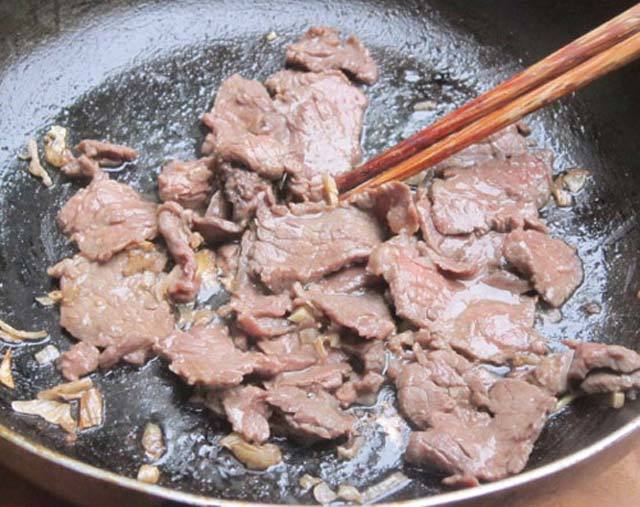
It is a mistake to wait for the oil to heat up and the pan to get hot before adding the beef (Illustrative image)
According to professional chefs, doing so can increase the likelihood of the beef sticking to the pan, burning, and becoming tough and chewy in the final dish. When beef comes into contact with hot oil, the sudden change in temperature causes it to shrink. This is also the main reason why beef becomes tough, the chefs explain.
Instead, as soon as you put the pan on the stove, add the beef right away. Stir-fry over high heat, stirring quickly. Pay close attention, and don’t overcook the beef, as it will lose its tenderness. Stop cooking and remove the beef from the heat as soon as it is just cooked.
If you still want to ensure that the beef remains tender and doesn’t stick to the pan, add a little oil during the marinating process.
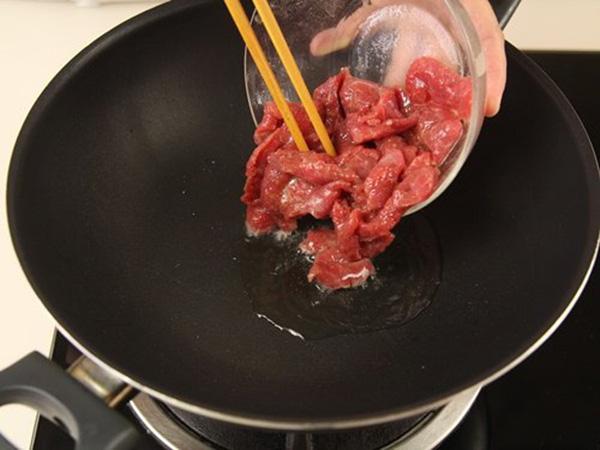
Add the beef to the pan as soon as you put it on the stove, stirring constantly to prevent toughness (Illustrative image)
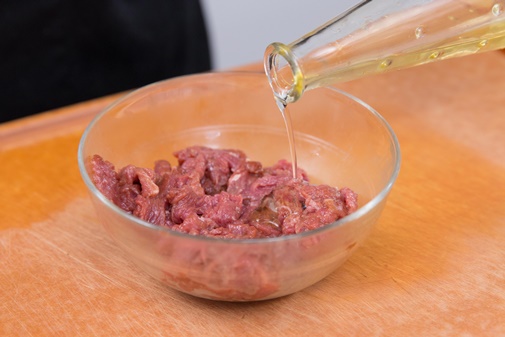
Adding a little oil during the marinating process also helps keep the beef tender and prevents toughness when stir-frying (Illustrative image)
Steps to Make Tender and Non-Chewy Stir-Fried Beef
To create a delicious dish of tender, non-chewy stir-fried beef, it’s important to pay attention not only to the cooking process but also to the initial steps of buying, preparing, and marinating the beef.
1. Choosing the Right Cut of Beef
Just like with any other type of meat, different cooking methods require different cuts of meat. For stir-frying, the best cuts of beef are filet, flank steak, or sirloin. If you’re not experienced in cooking beef, it’s best to tell the butcher your intended cooking method so they can recommend the most suitable cut.
Other indicators of good-quality beef include a moderately bright red color, not too dark. If the beef has fat, it should be light yellow and firm. You can press the beef with your finger, and if it bounces back without sticking and doesn’t have an unpleasant odor, it’s a good sign.
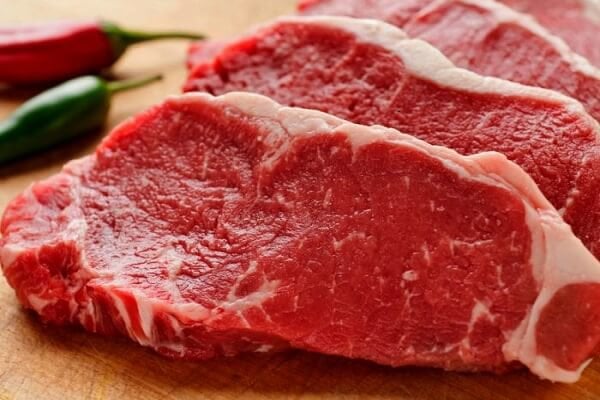
Illustrative image
2. Beef Preparation
Fresh beef has a distinct smell. Therefore, you can pre-process the beef before cutting it to reduce this odor. Soak the beef in a mixture of salted water and ginger, then gently rinse it with clean water.
After soaking and rinsing the beef, pat it dry with a paper towel and proceed to cut it. Since the beef is for stir-frying, it should be cut into thin, bite-sized pieces. Cutting beef is a challenging task due to its long, thin muscle fibers. If you cut against the grain, the beef will become tough and chewy. So, identify the horizontal grain of the meat and use a sharp knife to cut it into thin slices.
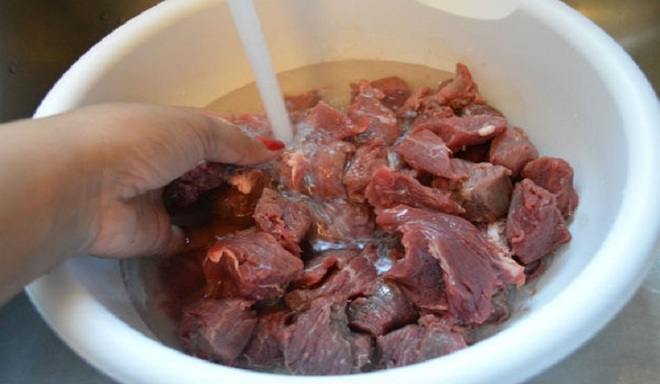
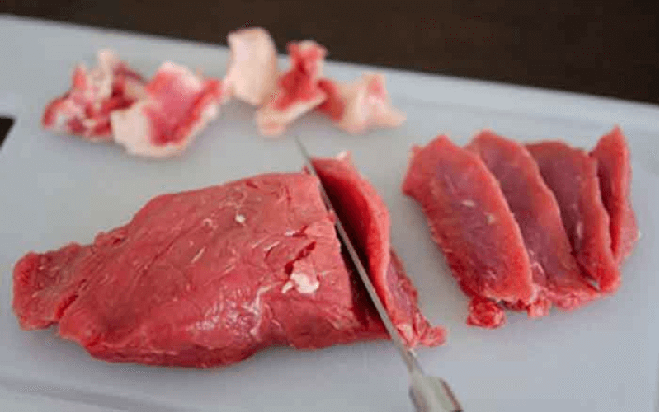
Illustrative image
3. Marination
The marination step is crucial, as it takes up three-quarters of the journey to delicious stir-fried beef. Common ingredients used in this process include garlic, pepper, ginger, seasoning powder, and soy sauce. These ingredients not only enhance the flavor but also help eliminate any unpleasant odors.
After mixing and seasoning the beef with the appropriate amount of spices, let it marinate for about 30 minutes. Once the time is up, you can proceed to stir-fry the beef as instructed earlier in this article.
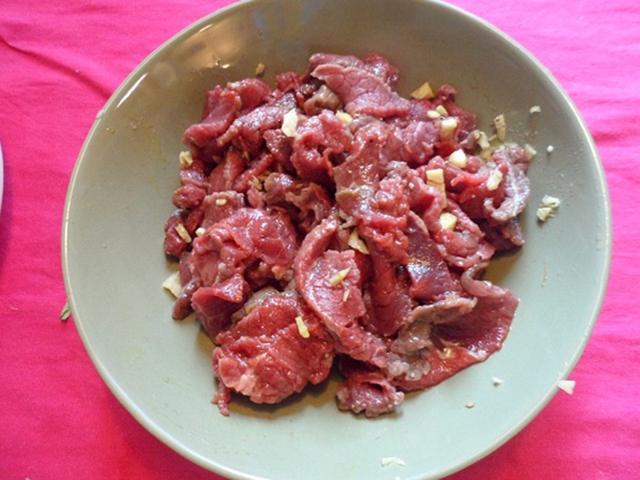
Illustrative image
If you’re stir-frying beef with other vegetables, it’s best to cook them separately. The recommended sequence is to stir-fry the vegetables first and then add the beef when the vegetables are almost done, as beef requires less cooking time than most vegetables.

































